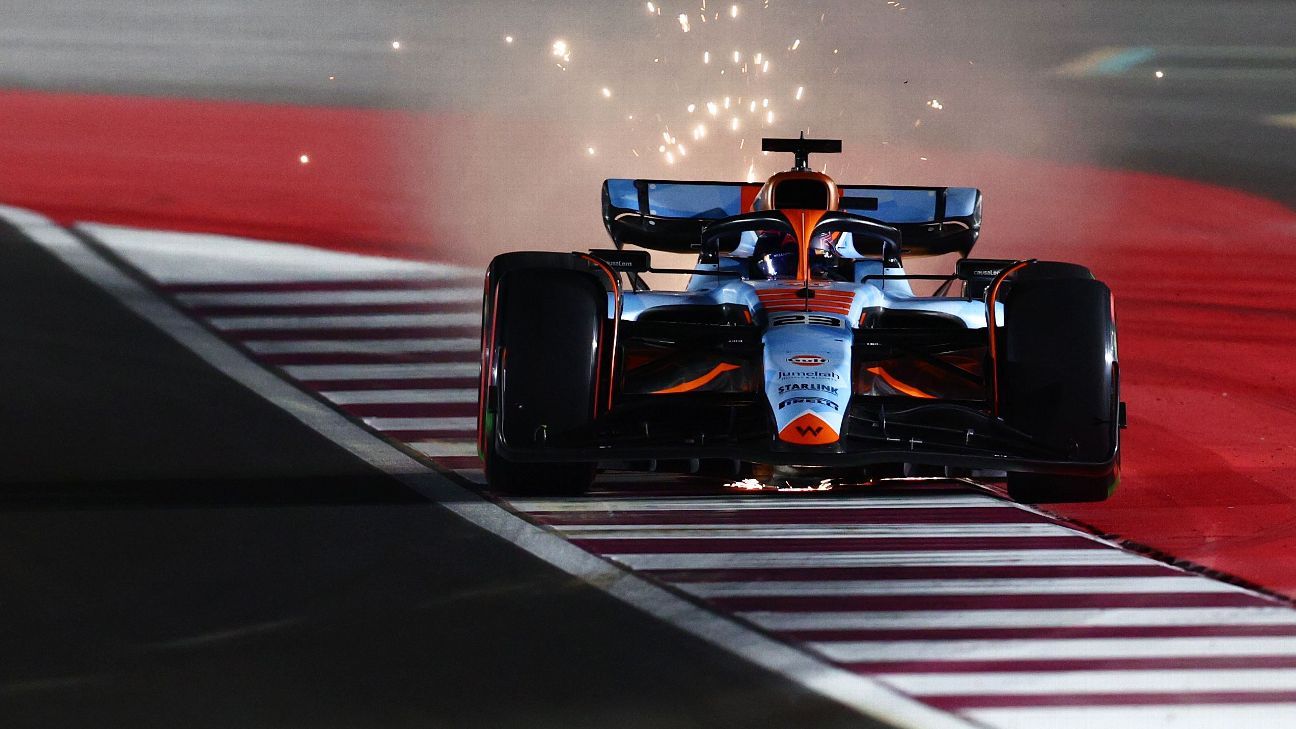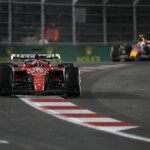At the season-ending Abu Dhabi Grand Prix this weekend, the Formula One governing body is trialing artificial intelligence (AI) to tackle track limit infractions. The FIA plans to utilize “Computer Vision” technology, which employs pattern recognition to assess the movement of pixels along the track’s boundary.
Genuine violations, where drivers exceed the track limits by crossing the white line with all four wheels, will be pinpointed by AI. This innovative approach aims to streamline operations at the FIA’s remote operations center (ROC) and hasten response times.
During the Austrian Grand Prix, a mere four individuals managed a staggering 1,200 potential violations, underscoring the significance of this technological advancement in handling such tasks efficiently. Conversely, at the Qatar Grand Prix in October, eight personnel scrutinized 820 instances of track limit breaches, resulting in the deletion of 51 laps following 141 reported violations.
The recent mishap at turn six during the U.S. Grand Prix in Austin highlighted the inadequacy in enforcing track limit regulations, prompting stewards to acknowledge the urgency of finding a resolution before the upcoming season commences.
Tim Malyon, the FIA’s head of remote operations and deputy race director, drew parallels between the successful application of Computer Vision technology in medical fields such as cancer screening and its current use in enhancing track limit monitoring. By leveraging this technology, the aim is to enable trained personnel to focus on critical cases while swiftly filtering out obvious non-violations.
Malyon emphasized the importance of continuous improvement and investment in software to optimize the efficiency of the system. Embracing new technologies and fostering adaptability are crucial steps towards achieving substantial advancements in this domain.
While acknowledging the current human-centric approach in certain areas, Malyon expressed confidence in the eventual success of real-time automated monitoring systems in ensuring compliance with track limits during races.






